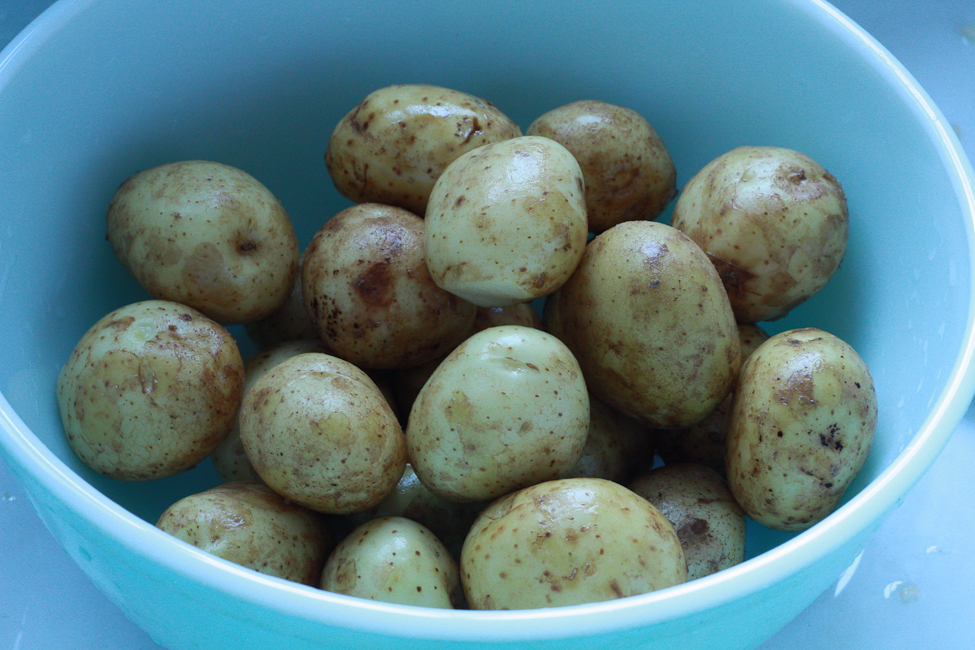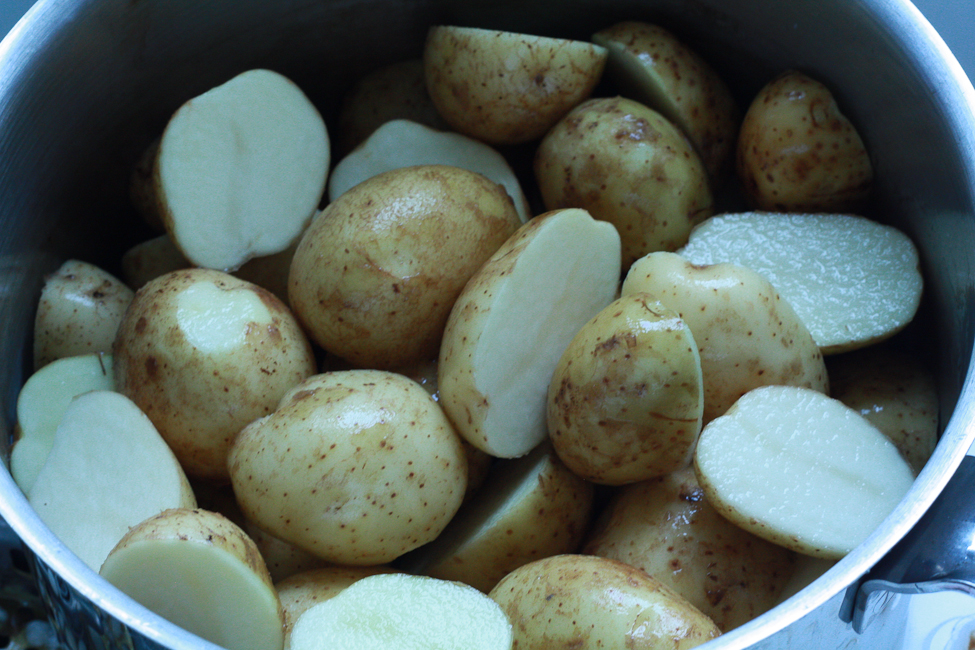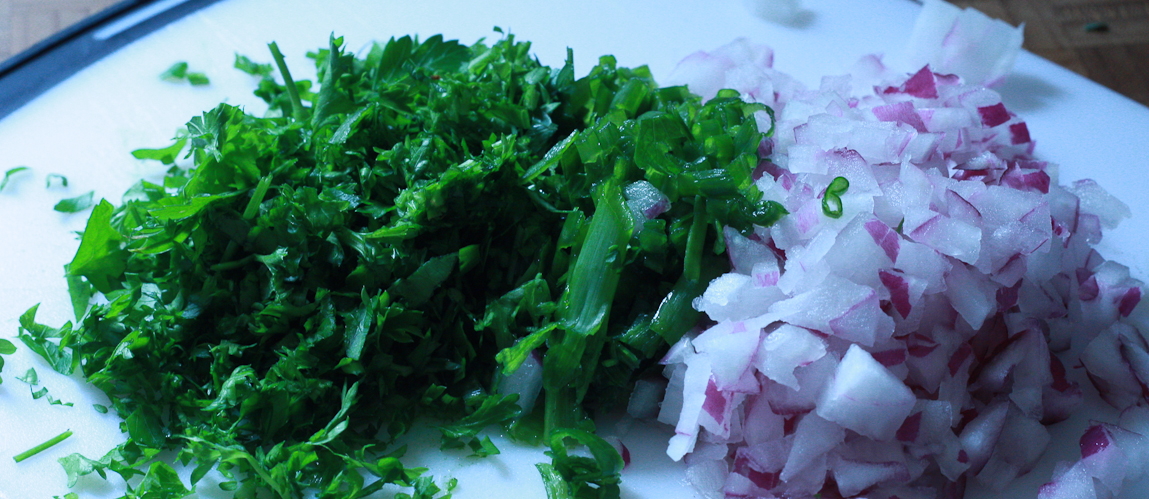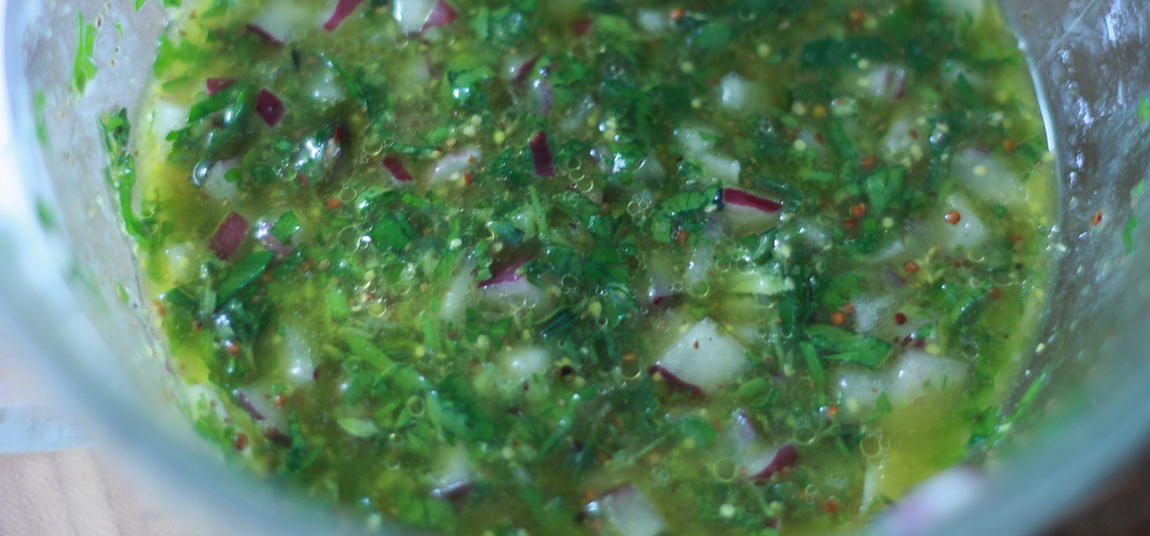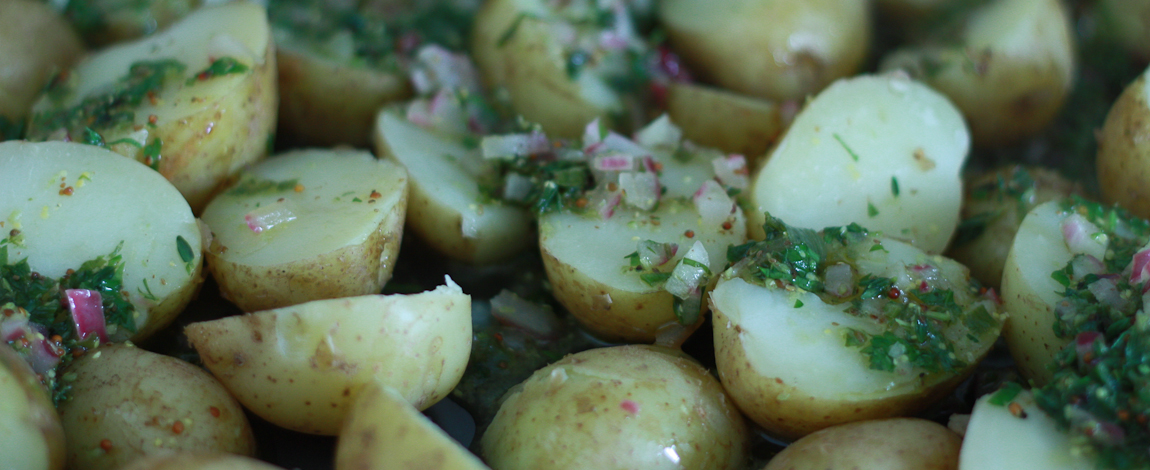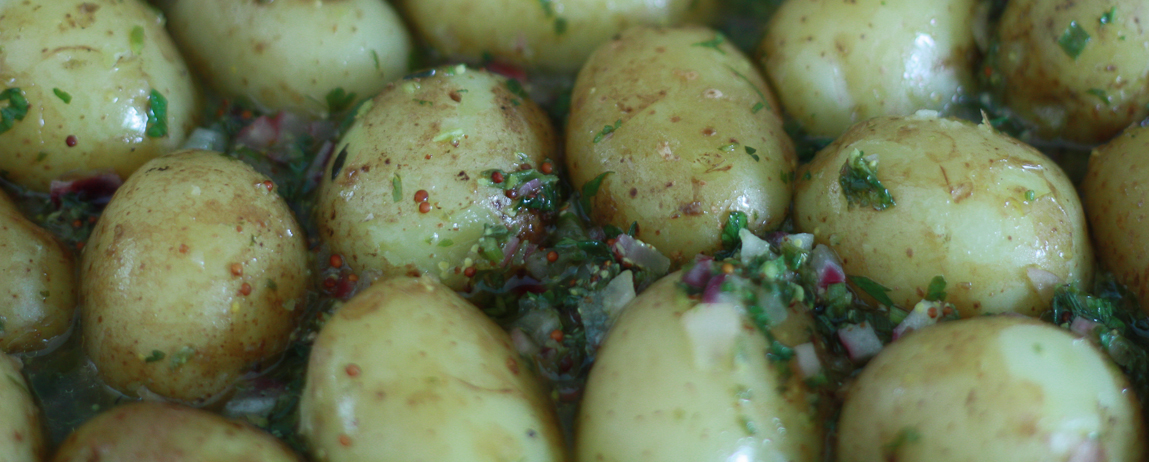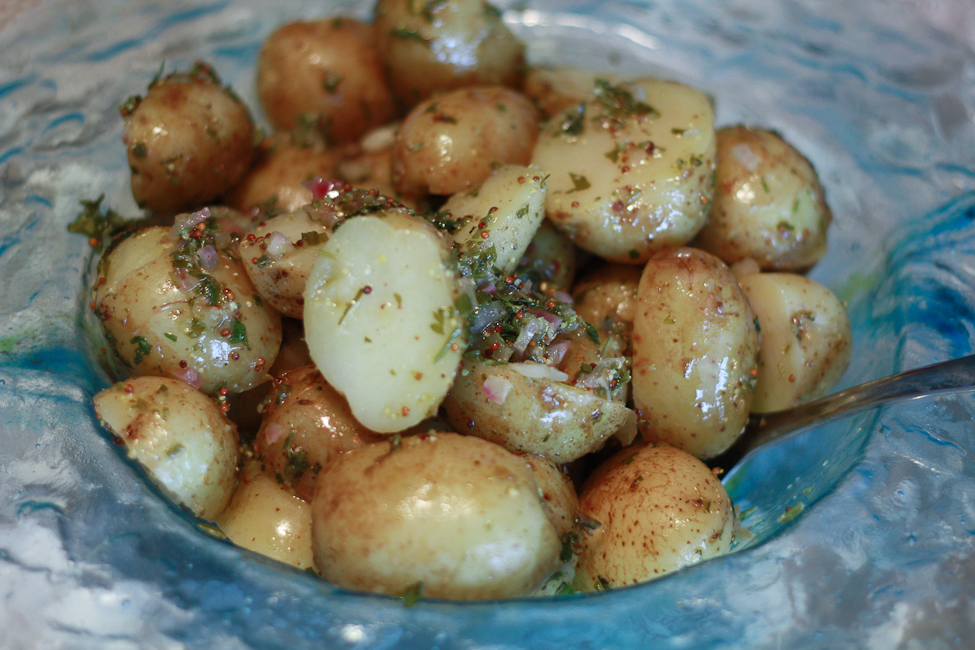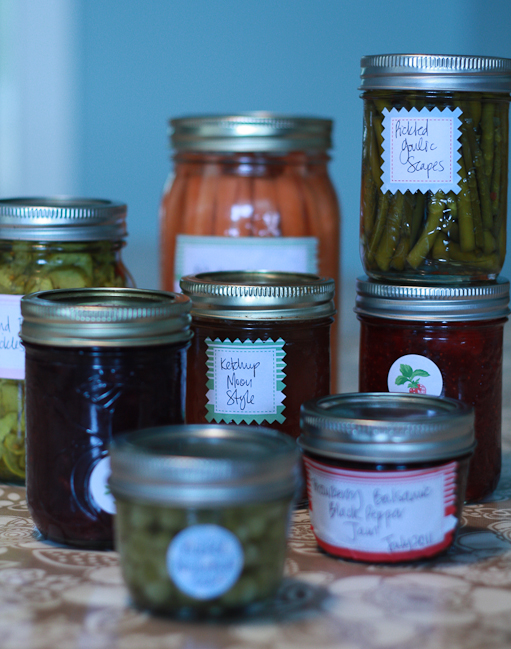I will happily admit that while I completely approve of nose to tail eating, I myself, am not nearly brave enough to adopt it as practice at our house. My meat eating, when it happens, is generally limited to the better known and leaner cuts. I know that in the big picture of nose to tail that what this post is all about is not even close to brave, not even close to really even being considered nose to tail and for huge numbers of people, it is everyday meat. Not so for us. Even Stephen was concerned.
A while before American Thanksgiving, my near-vegetarian daughter, piped up and asked for brisket. I asked if if she knew what it was, she didn’t. I explained and asked if she still wanted to have it, she said she did. I realized I had never cooked it and, I am pretty sure, had never eaten it, at least not knowingly. I wasn’t sure where to start.
I did set a date though. I couldn’t face the thought of turkey three months in a row, so we would have brisket for Thanksgiving Round #2.
When I was sure that at least one person was going to eat it, I started looking around and thinking about recipes. After realizing that the brisket recipe world was not for one as inexperienced as I am, I turned to the Master of All Things Brisket. If Zane couldn’t help me out, I was sure there would be no chance of pulling it off. Zane obligingly supplied the recipe and moral support for the endeavour. I tried as hard as I could to stick to the recipe too, no minor feat.
I set about looking for a brisket which, low and behold, you can pretty much get at any butcher shop. I went searching a little further and found a place that sells as local as it gets, grass fed beef and they said they had a brisket. We walked into the butcher shop, the styliest I have ever been in, I asked for the brisket. He set about getting it from the fridge and Poppy noticed through the glass window that there was an entire deer, skinned but with head, antlers and face still intact hanging in the fridge. She asked whether it was alive. I told her it wasn’t. She asked why it still had its face on. I told her that all animals have a face. She asked why they hadn’t cut it off yet. I didn’t really have an answer. I did say that I thought it was nicer to look at the animal with its face still on and she agreed. The topic of conversation for the rest of the afternoon was set. And, she is still as interested in meat as she was before which isn’t a whole lot but she seems unaffected by the butcher shop experience.
I am not going to tell you how much I paid for this piece of meat, it was more than I imagined it could be. I don’t think you need to spend this much money on a brisket and I won’t again. I was happy with where it came from and what it ate and how it lived though. I think that any grass fed flavour was lost in the six hour braising though and, in hindsight, I should have thought of that.
I chose to do this in several steps. I cooked it. I removed it from the braising liquid. I refrigerated the brisket and the liquid separately overnight. I skimmed the fat off the top of the liquid before reducing it. I also sliced the brisket cold. I had read somewhere that it is much easier that way. Then, after reducing the braising liquid, I heated them up in the oven to serve. This certainly didn’t speed the process up any but everything was very easy.


Was it worth the time? If anyone asks for more than it is worth the time. It hasn’t turned Poppy into a drooling carnivore but I didn’t really want it to. Stephen loved it. He had firsts and seconds and leftovers and seconds and a brisket sandwich and seconds. It was after the first round of seconds that he admitted that he had not been looking forward to it but was pretty excited by it. Poppy was pretty happy with the meat but the sauce was too spicy, it wasn’t but she is four and was saving room for the Magnolia cupcakes we had for pudding. Tilly ate lots. She shares her father’s food preferences.


I am going to throw this out there, but I realize it is pretty obvious. This is not fast food. Plan ahead. You will be happy you did.
Barbecue Brisket adapted, just a little, from Zane Caplansky
5 pound brisket
4 chopped white onions
A head of garlic chopped
Two large tins diced tomatoes
4 cups beef stock
A few sprigs of fresh thyme
1/2 teaspoon ground coriander
1teaspoon ground chipotle pepper
Fresh ground pepper
1/2 cup red wine vinegar
3/4 cup brown sugar
Preheat oven to 300º.
In a large pan sear the brisket on both sides. Put it in a large roasting pan, or baking dish or a huge dutch oven, if it fits.
Sauté the onions and garlic until soft. Pop them on top of the brisket. Add the tomatoes, stock and spices. Cover with a lid or foil and braise for about five hours, or up to six hours of your brisket is bigger. Zane says it should cook for about an hour per pound up to about six hours.
When it is nice and tender, remove the meat from the liquid and cool, if you want to, and slice. Here is where I put it in the fridge overnight, before slicing.
Put the liquid in a saucepan and add the vinegar and sugar. Reduce until it is barbecue sauce thick.
Pour the sauce over the sliced brisket and reheat in the oven, if necessary.

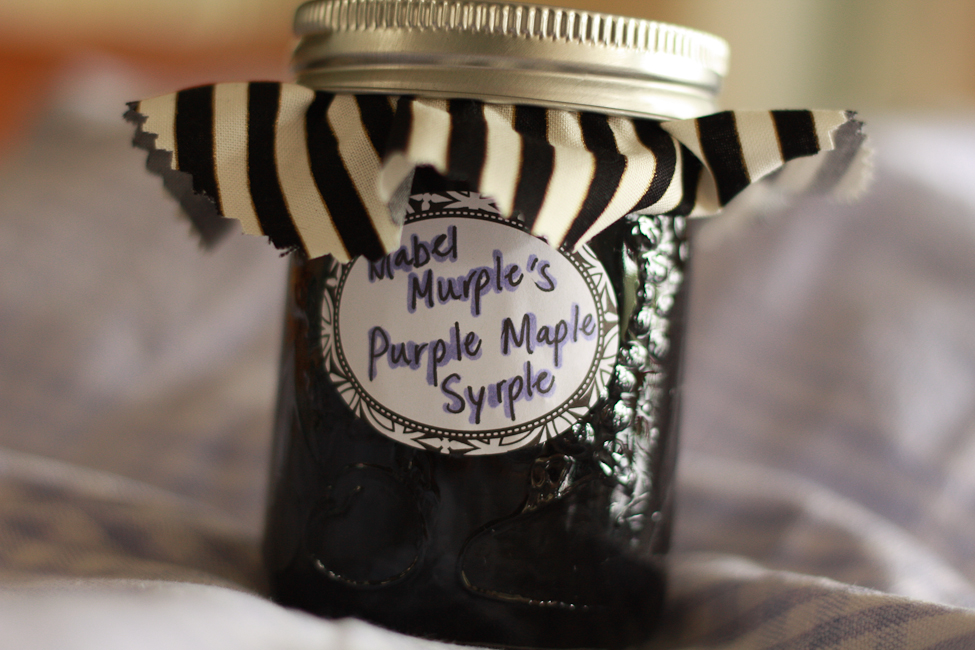
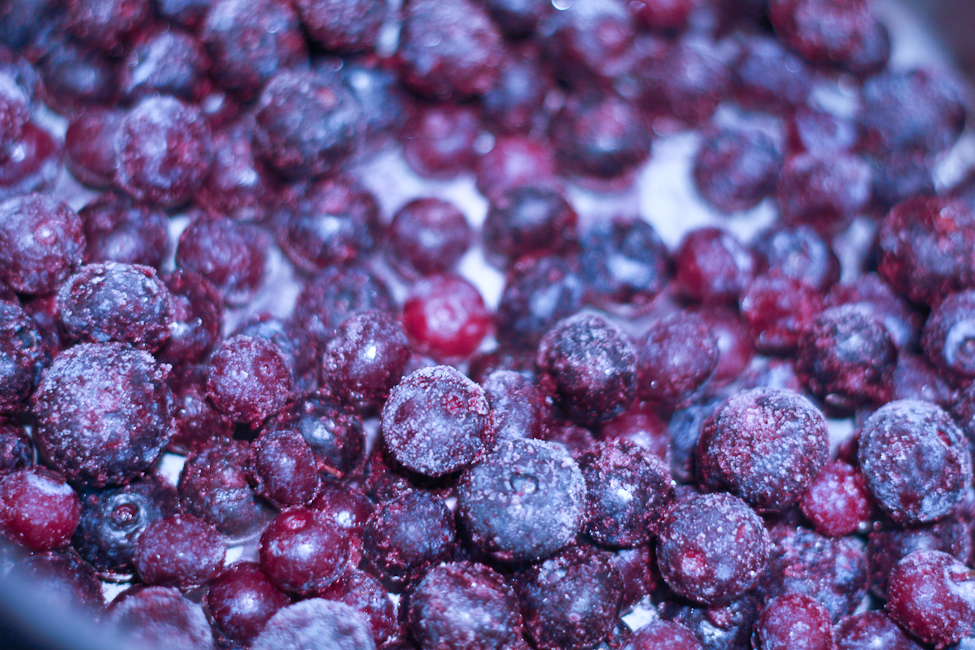
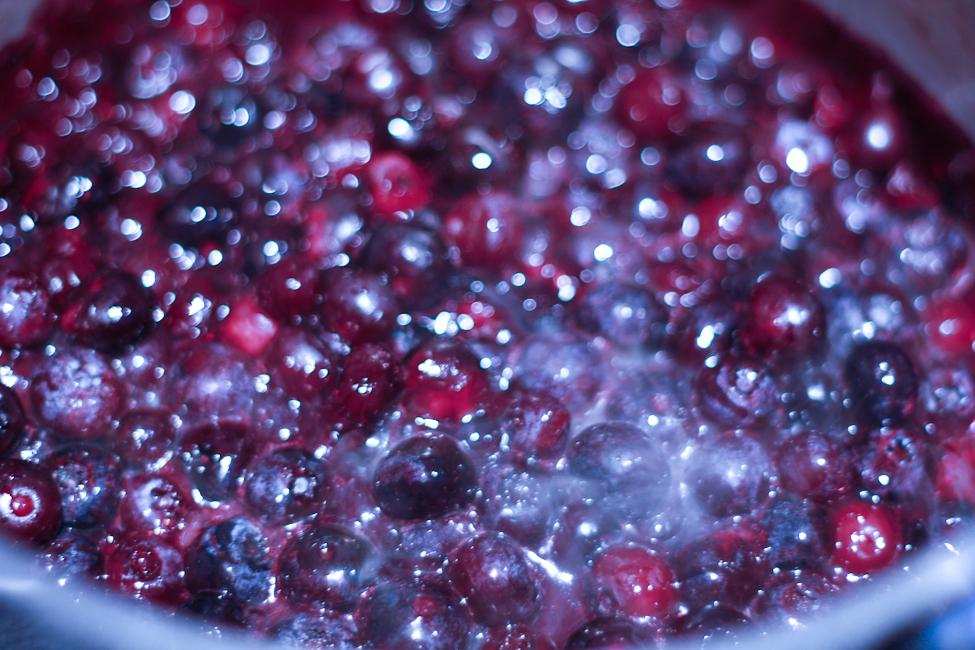
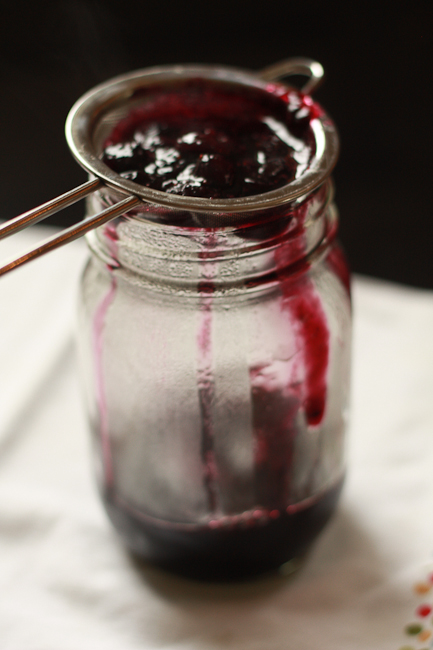
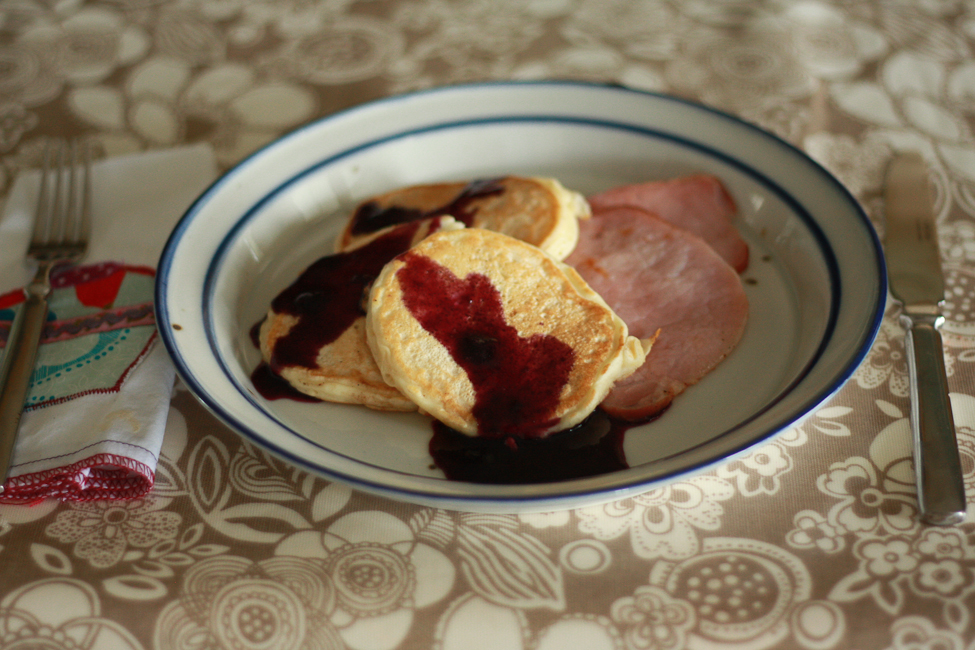
 Tuesday, September 27, 2011 | in
Tuesday, September 27, 2011 | in  Breakfast,
Breakfast,  Brunch,
Brunch,  Celebrations,
Celebrations,  Comfort Food,
Comfort Food,  Preserves,
Preserves,  Sauciness,
Sauciness,  Sweet Treats,
Sweet Treats,  Weekend Mornings | tagged
Weekend Mornings | tagged  Blueberries,
Blueberries,  Maple syrup,
Maple syrup,  breakfast |
breakfast |  4 Comments |
4 Comments | 
